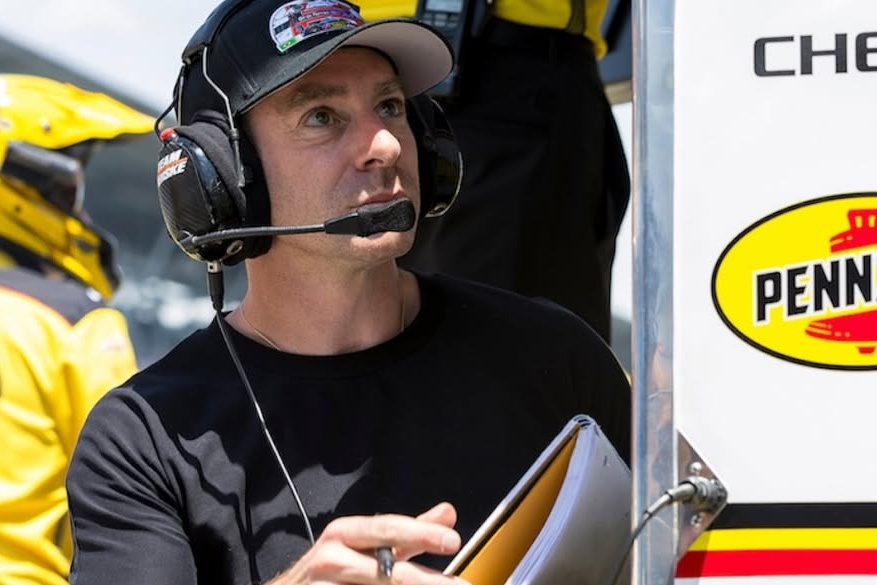Cadillac’s Formula 1 project has added fresh firepower in the virtual realm, enlisting three new drivers — including Simon Pagenaud and Fittipaldi — to strengthen its simulation program. The move underscores how crucial high-fidelity sim work has become for any modern F1 effort, and it dovetails neatly with Pagenaud’s expanded role within General Motors over the past year.
Pagenaud’s dual role: from Team Chevy development to Cadillac F1 prep
As reported earlier in the year, the 2016 IndyCar champion and 2019 Indianapolis 500 winner has been deeply embedded with GM, making frequent visits to its simulators to develop the Team Chevy IndyCar program. That same methodical approach — translating driver feel into setup direction and building reproducible testing protocols — now feeds directly into Cadillac F1’s head start.
Pagenaud’s value lies in his breadth: race-winning instincts, a reputation for precise feedback, and the ability to bridge pure driving inputs with the language of engineers. In simulation, where confidence in the model is everything, a trusted reference driver accelerates the loop between software, setup hypotheses, and real-world correlation targets.
Why simulation depth matters before a wheel turns
Before a new F1 car ever sees a track, simulation shapes everything from aerodynamic trade-offs to ride and compliance targets, energy deployment strategies, and race operation models. Adding experienced drivers — Pagenaud and Fittipaldi among them — expands the variety of driving styles and helps expose blind spots in the virtual car’s behavior. That, in turn, sharpens development paths and shortens the time to meaningful progress once on-track running begins.
Cadillac F1’s decision to bolster its sim roster with multiple seasoned hands signals a commitment to the long game. With limited testing and compressed development cycles, the most valuable laps are often the virtual ones.
Big picture: building a competitive culture
Simulation is only as strong as the people, tools, and processes behind it. By integrating drivers who can deliver consistent, actionable feedback, GM strengthens a culture where data meets feel — a blend that has underpinned modern success across top series. It’s an early, pragmatic step that should pay dividends when the lights go out.

